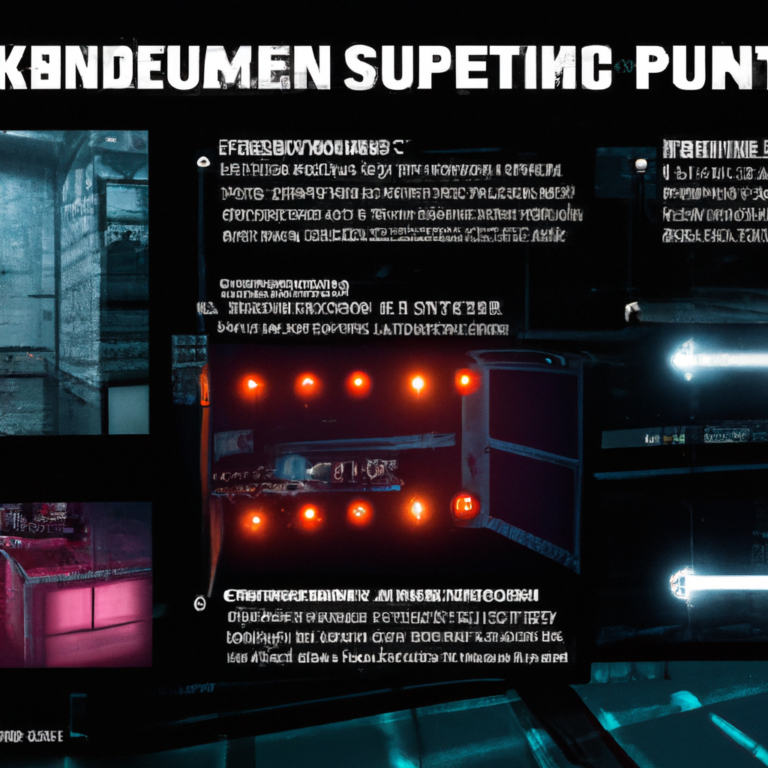“Mastering the Art of Custom Shaders: A Comprehensive Guide to Creating Stunning Visuals in Unreal Engine”
In today’s fast-paced world of game development, visuals play an essential role in creating immersive and engaging gaming experiences. To achieve stunning graphics and visual effects, developers often rely on shaders, which are small programs that run on a computer’s graphics processing unit (GPU). Shaders are responsible for determining how light interacts with 3D objects, applying textures, and creating a variety of visual effects like reflections, refractions, and more. Unreal Engine, being the industry-leading game engine, excels at providing powerful tools for creating custom shaders through its built-in shading language called Unreal Material Expression (UMX). In this blog post, we will guide you through the process of creating custom shaders in Unreal Engine.
1. Understand the Basics of Shading Models
The first step to creating your custom shaders is to understand the different shading models available in Unreal Engine. The shading model determines how light interacts with the surface of an object. Some of the most common shading models used in Unreal Engine are:
– Default Lit: This is the most common shading model, used for most opaque and masked materials. It supports diffuse and specular reflections, emissive, and more.
– Unlit: This shading model does not have any lighting calculations, making it ideal for emissive materials or simple UI elements.
– Subsurface: This shading model is specifically designed for simulating the translucency of materials like skin, wax, or leaves.
– Clear Coat: This is used for simulating materials with a glossy clear coat layer, like cars or wet surfaces.
2. Master the Material Editor
The Material Editor in Unreal Engine is where you will create and edit your custom shaders. Familiarize yourself with its interface, and understand how to navigate the node-based system for creating complex material expressions. You can access the Material Editor by right-clicking in the Content Browser, selecting “Material,” and double-clicking the new material you just created. Some of the essential elements of the Material Editor include:
– Material Nodes: These nodes are the building blocks for creating your shaders. You can drag and drop nodes onto the graph, then connect them in various ways to achieve the desired effect.
– Material Properties: In the details panel, you can adjust various properties of your shader, such as its shading model, blending mode, and other parameters.
– Preview Window: The preview window allows you to see the changes you make to your material in real-time.
3. Learn Unreal Material Expressions (UMX)
Unreal Engine uses its shading language, UMX, to create shaders. UMX is a node-based system where you can create and combine various material expressions to create unique shaders. Some commonly-used UMX nodes are:
– Texture Sample: This node allows you to sample textures, such as diffuse maps, normal maps, and more.
– Constant: This node represents a constant value that you can use to control various aspects of your shader, like color or intensity.
– Lerp: The Lerp node (short for linear interpolation) is used to blend between two inputs based on a third input, such as blending between two textures or colors.
– Fresnel: This node calculates the Fresnel effect, which is used for simulating reflections and highlights on the edges of objects.
4. Create Your Custom Shader
Now that you have a solid understanding of shading models, material editor, and UMX, it’s time to create your custom shader:
– Start by setting up the basic properties of your shader, such as shading model and blending mode, in the material details panel.
– Next, use the Material Node Editor to create a network of nodes that define your desired shading effect. For example, you could create a shader that blends two textures based on a Fresnel effect or a shader that simulates subsurface scattering for skin.
– As you work on your shader, make use of the Material Preview Window to get instant feedback on your design.
– Once you are satisfied with your shader, apply it to your 3D objects in your scene and see your creation come to life.
5. Optimize Your Shaders
Creating stunning shaders is only half the battle; ensuring they run efficiently on various platforms is also essential. Some tips to optimize your shaders include:
– Reduce texture size: Large textures can consume significant memory and processing resources, so make sure to use appropriately-sized textures for your needs.
– Limit instruction count: Complex shaders can quickly become computationally expensive. Keep an eye on the instruction count in the Material Editor window and try to simplify your shader as much as possible.
– Use Level of Detail (LOD): Implementing LOD for your shaders can help reduce their complexity and improve performance on lower-end devices.
In conclusion, creating custom shaders in Unreal Engine is a powerful way to make your game stand out visually. With a solid understanding of shading models, the Material Editor, and UMX, you can create unique and impressive shaders that will captivate your players. Remember to optimize your shaders to ensure smooth performance on a variety of platforms and devices. Happy shader creation!






